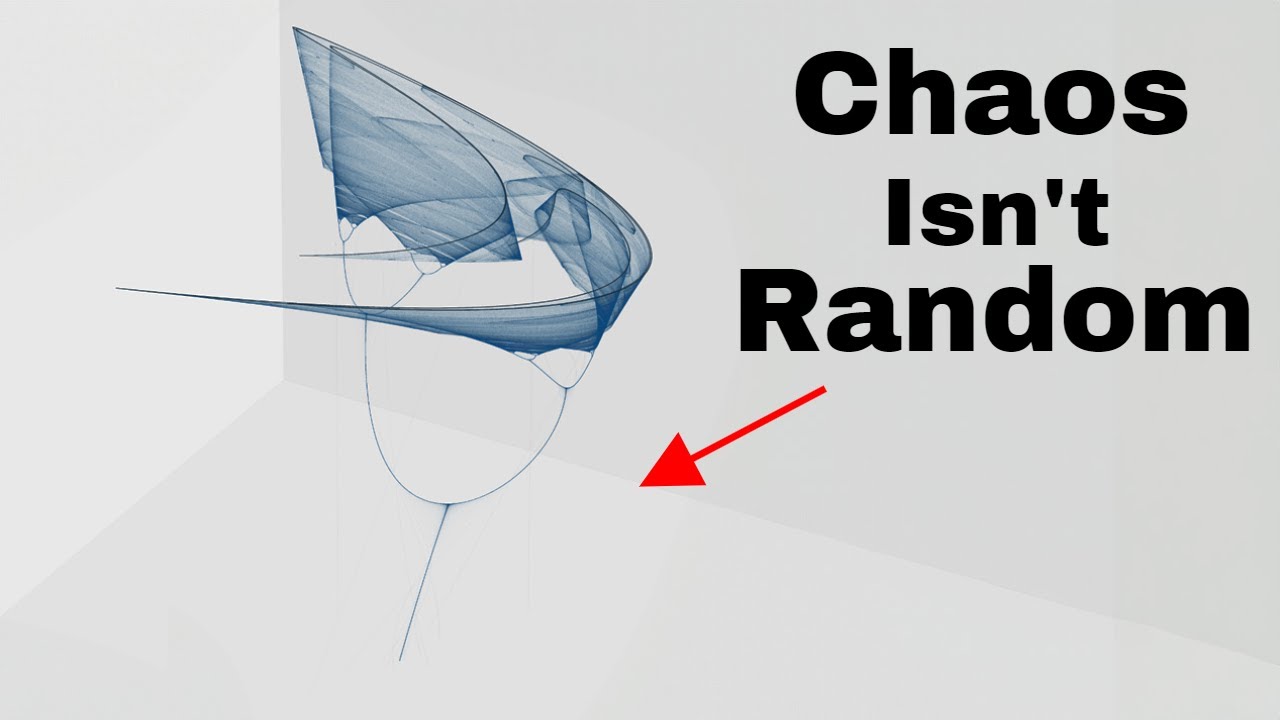Ever since Isaac Newton discovered the law of universal gravitation and it became apparent the motion of three or more bodies interacting under the influence of their mutual gravitation (the three body problem), could not be solved analytically, the question arose whether the apparently clockwork-like motion of the planets of the solar system was actually stable in the long term.
Newton suspected it was not. He wrote,
[T]he Planets move one and the same way in Orbs concentrick, some inconsiderable Irregularities excepted, which may have arisen from the mutual Actions of Comets and Planets upon one another, and which will be apt to increase, till this System wants a Reformation.
In other words, Newton suspected that the solar system was dynamically unstable and that divine intervention would be required from time to time to keep things from going pear shaped. Historian Michael Hoskins wrote, “God demonstrated his continuing concern for his clockwork universe by entering into what we might describe as a permanent servicing contract”.
Until the development of high speed digital computers, the computations required to simulate the motion of the planets and their mutual gravitational interactions over millions and billions of years were absurdly beyond the ability of humans to calculate. In his Principia, Newton himself wrote,
The orbit of any one planet depends on the combined motion of all the planets, not to mention the action of all of these on each other. But to consider simultaneously all these causes of motion and to define these motions by exact laws allowing of conventional calculation exceeds, unless I am mistaken, the force of the entire human intellect.
Today, if you’re patient, a humble desktop or laptop computer is all you need to find every planetary transit visible from every other planet over a period of a quarter million years in a mere two months of computer time. With less humble computers, it’s possible to model the long-term stability of the solar system over billions of years and—guess what—it isn’t stable! Recent simulations have shown that the orbit of Mercury, in particular, is highly chaotic, and a perturbation in its initial position as small as 0.38 millimetres (far smaller than we can measure) renders impossible prediction of the eccentricity of its orbit over periods as short as 200 million years and that in some secnarios (20 cases out of 2501 simulations in another study), Mercury sets off a celestial train wreck in the inner solar system, crashing into Venus, diving into the Sun, or setting off a collision of Mars with Earth.
Unless, as Newton envisioned, divinity intervenes to keep the planets on their rails, spacefaring humans and their descendants will have to step up and do the job when Mercury gets up to its tricks.
